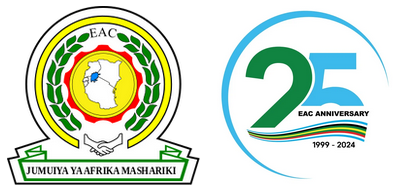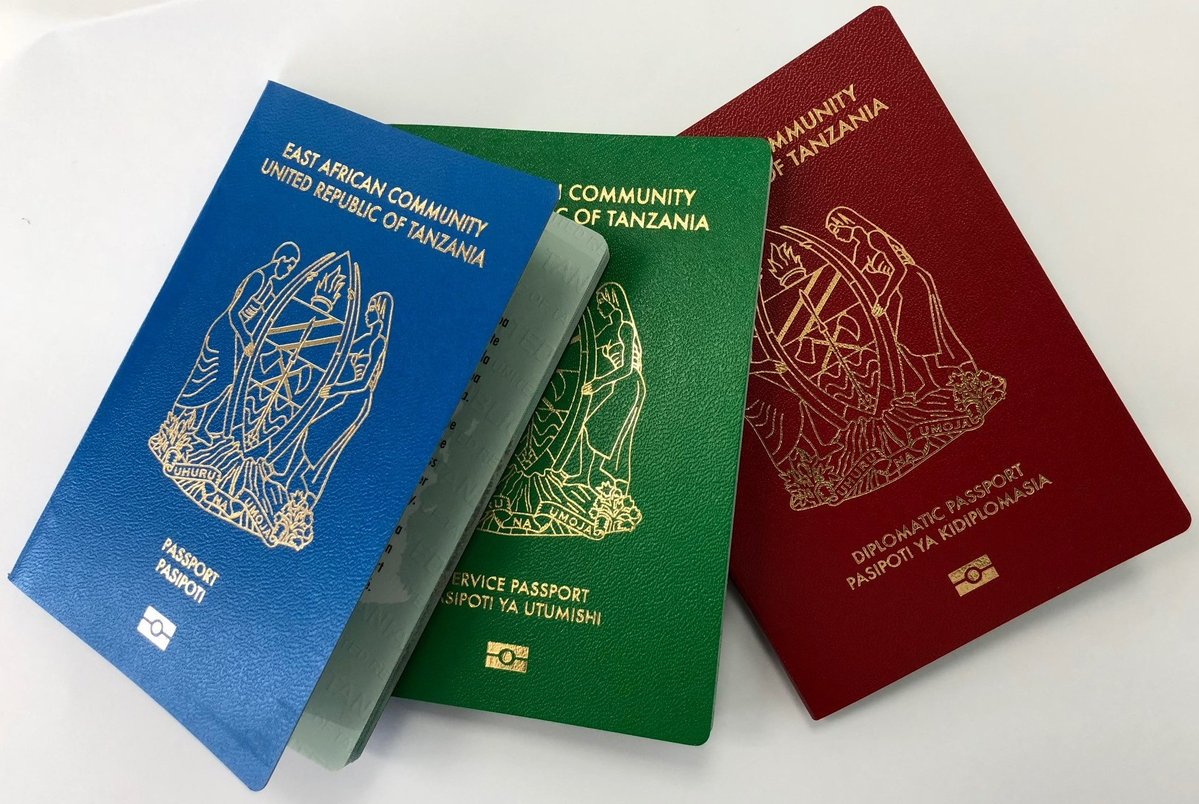Posted in Immigration
The East African Community (EAC) stands as a beacon of regional integration, fostering cooperation and facilitating movement among its member states. Central to this collaboration is the concept of visa-free entry, which allows citizens of Partner States to travel seamlessly across borders without the need for cumbersome visa processes.
All Partner States are implementing Article 7(1) of the EAC Common Market Protocol, whereby there is provision for visa-free entry of citizens of EAC Partner States into territories of other EAC Partner States. This policy has not only promoted regional tourism and trade but also strengthened the bonds of unity and solidarity among EAC nations.
Benefits of Visa-Free Entry in the region:
- Trade Enhancement:
Streamlined travel procedures have contributed to the growth of cross-border trade within the EAC. Businesspeople are able to conduct transactions more efficiently, leading to increased economic activity and regional prosperity.
- Facilitation of Tourism:
Visa-free entry has encouraged intra-regional tourism by simplifying travel procedures. Citizens can explore the diverse landscapes, cultures, and attractions of neighboring countries more easily, boosting the regional tourism industry and fostering cultural exchange.
- Strengthening Regional Integration:
Visa-free entry has fostered a sense of belonging and unity among EAC citizens. It has promoted cross-cultural understanding, people-to-people connections, and collaboration in various fields, laying the foundation for deeper regional integration.
- Economic Growth:
By removing barriers to travel, visa-free entry has stimulated economic growth across multiple sectors. It has encouraged investment, stimulated job creation, and promoted the development of infrastructure to support increased mobility within the region.
- Enhancing Diplomatic Relations:
The policy of visa-free entry demonstrates a commitment to cooperation and mutual respect among EAC Partner States. It serves as a symbol of diplomatic goodwill, fostering positive relations and enhancing the region's standing on the global stage.
Implementation and Challenges:
While the concept of visa-free entry holds immense potential, its effective implementation requires concerted efforts from all EAC Partner States. Harmonization of immigration policies, ensuring security measures, and addressing concerns regarding illegal immigration are essential steps in realizing the full benefits of this policy.
Challenges such as border security, immigration control, and managing the influx of visitors are carefully addressed through collaborative mechanisms and technological solutions. Additionally, periodic reviews and adjustments may be necessary to address emerging issues and ensure the continued success of visa-free entry within the EAC.
Visa-free entry stands as a cornerstone of regional integration within the East African Community, promoting mobility, trade, and cooperation among member states. By facilitating travel, fostering economic growth, and strengthening diplomatic ties, this policy paves the way for a more interconnected and prosperous East Africa. With continued collaboration and commitment, the EAC can harness the full potential of visa-free entry to realize its vision of a more united and prosperous regional bloc.
Posted in Immigration
Migration and development are today increasingly viewed through the prism of the many links existing between the two fields. While development-oriented actions may help in tackling the root causes of migratory flows, migration can, in turn, contribute positively to development, including economic growth, social empowerment and technological progress.
Brain Drain
Migration can pose challenges to countries’ development efforts if not well managed. Such phenomenon as ‘brain drain’, experienced by a number of developing countries in key development sectors, call for more cohesive and sustainable policies.
Factors enhancing Development Potential of Migration
Greater partnership between countries of origin, transit and destination as well as the full integration of the migratory dimension in development policies and dialogue on all levels are crucial steps in enhancing the development potential of migration.
Steps undertaken in Partner States to ensure Free Movement of Labour
The EAC Partner States have reviewed various laws related to work permit to ensure free movement of labor. In accordance with Regulation 6(7) of the EAC Common Market (Free Movement of Workers) Regulations, the Competent Authorities in Partner States issue work permits to East Africans wishing to work within the Partner States within thirty days from the date of application. The work permits may be issued for an initial period up to two years and may be renewed upon application. At the same time, Partner States’ citizens are granted the first privilege in case they are competing for the same positions with nationals from outside the EAC region. The Partner States are also in the process of amending their laws to ease issuance of work permits to EAC citizens.
Harmonised classification for issuance of work / resident permit fees and procedures
Pursuant to the decision of the 20th meeting of the Sectoral Council for Ministers responsible for EAC and Planning, held on 13th July 2014, the EAC Secretariat is co-ordinating the process of harmonisation of the work / residence permit fees in accordance with Regulation 6(9) of EAC Common Market (Free Movement of Workers) Annex II. The Secretariat convened a meeting of the multi-sectoral experts drawn from Partner States’ immigration and labor departments / directorates / agencies, Investment Authorities, Employers and Workers, and employer organisations’ associations from 8-10th June 2015 in Nairobi, Kenya.
However, the multi-sectoral experts did not finalise the work and therefore, the proposed harmonised classification and Procedures for issuance of Entry / Work / Residence Permits is still work in progress.
The current status on Work / Residence Permit fees is guided by national laws / administrative procedures put in place by each EAC Partner State. Under the Implementation of the EAC Common Market Protocol, the Republics of Rwanda, Kenya and Uganda have waived payment of Work permit fees for East Africans who are workers and those who are establishing themselves.
Increased Labour Migration
The number of migrants crossing borders in search of employment is expected to increase rapidly due to the failure of globalisation to provide jobs and economic opportunities.
Diaspora Citizens
EAC Citizens residing in other countries are encouraged to register with their embassy.
E-immigration
E-Immigration enables users to request for certain services electronically without having to personally appear before the local immigration authorities, for example applications for entry visas, resident permits, passports and even, exit permission.

